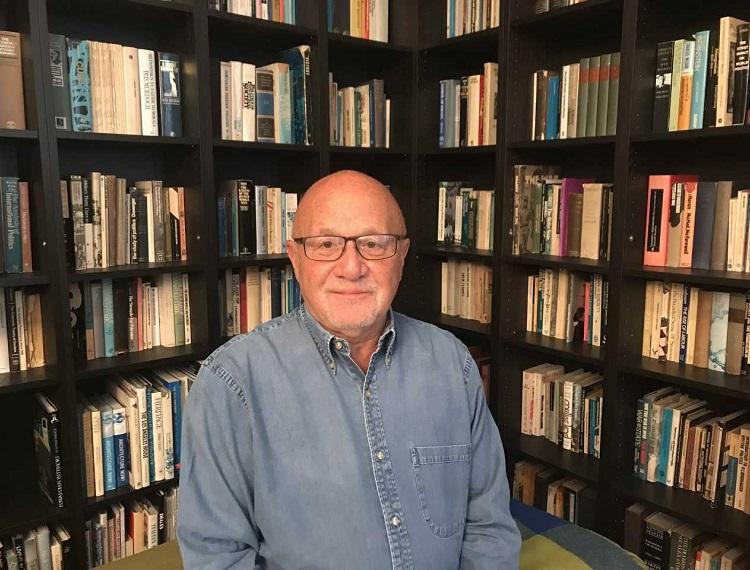The Murky Side of Clearing

Five years ago, I wrote an article on the perils of clearing that began like this: “On August 15 an 18-year-old near you will take a leap in the dark.” Five years on let’s see what’s changed. Sadly, the answer is ‘not a lot!`
The first thing that amazed and worried me was that there are still no statistics on the dropout rates for students entering university through clearing. Am I the only person that finds this troubling? So here’s what I did to try and secure answers.
I first approached The Higher Education Funding Council for England (HEFCE) “the official source of data for UN universities.” They carry data student outcome based on multiple criteria — age, subject studied, sex, ethnicity, disability, young participation rate, mature participation rate, domicile of entrants, previous school and the region of institution, but not mode of entry.
Not discouraged I turned to Twitter and approached UCAS and received a prompt response from Mary Curnock Cook, the UCAS CEO who replied that “UCAS doesn’t collect the non-continuation data – @ukhesa should be able to help. Sorry for the run around”. HESA is the Higher Education Statistics Agency. HESA replied to me “we don’t hold data identifying Clearing entrants”.
A follow up email from HESA stated:
“HESA does not currently hold data on whether students entered higher education through the UCAS Clearing process. UCAS are currently developing an expanded suite of equality statistics about applications and entry to higher education. As part of this development HESA and UCAS are having exploratory discussions now about the potential for combining some data to generate continuation rates for categories of UCAS entrants.”
Then, thinking about the vast press coverage given to clearing, I tweeted to Mary Curnock Cook asking “How much does UCAS spend on promoting clearing vacancies in the press?” which provoked a very sharp response: “We’re a charity & do not spend on advertising”.
So who does pay for or subsidise this press activity. The press are certainly not charities! A quick glance at, for example, the clearing supplements in the broadsheets will soon tell you that this is an expensive exercise so we must assume it’s the universities themselves — your tuition fees working overtime to get more bums on seats!
The final email communication came from Helen Thorne, UCAS Director of External Relations who confirmed that in 2015, main scheme applicants who were placed through the clearing process increased by 1,600 to 49,100. This is the cohort whose results were not good enough to meet the requirements of the their first and insurance choices. The overall increase reflects the removal of student number controls on most undergraduate courses in England. What I find worrying is that 30,590 secure a place within one week of results day – not much time for a life changing choice.
So let’s look at 2013-14 and interrogate the available non-continuation data. In the UK, 302,390 first degree young entrants commenced university. By the end of the year only 277,350 were still at the same place. 25,580 left their first place of study of whom 15,045 had abandoned university totally. There are 14 universities in England, 2 in Scotland and 1 in Wales where more than 11% dropped out totally in their first year. The statistics exclude students who drop out in the first term. I would like to know the story behind this number. What proportion were entrants through clearing?
The overall picture is equally troubling. The latest report from the Social Market Foundation (SMF) on overall student retention at university reveals a steady rise in the number of students dropping out of universities in England. Each individual case of non-continuation is confidence-sapping experience for a student as those of us who’ve worked with young people know.
The national drop-out rate rose from 6.6% in 2011-12 to 7.4% in 2014-15 and out of all the regions in England, London performs the worst, with a drop-out rate of 9.3% in 2014-15.
The SMF is damning in its conclusion that it is “futile to direct significant efforts to widen participation if the same students subsequently drop out”.
Beneath all the statistics, the UCAS clearing system remains a frantic scramble where in most cases unfilled (and unwanted?) places are offered out like supermarket items that have passed their sell-by date. I concede that there are bargains to be had now that some Russell group universities offer places and that there are young people who are delighted with the process. I was with one young student last year who managed to get a place to read Medicine at York.
But let’s get real, with some exceptions, what we have are young people who have not achieved their required results chasing unfilled places at universities and courses that simply haven’t attracted first rate candidates. Back in 2012, one admissions tutor stated frankly that what “we have are second rate candidates chasing second rate places!” The consequence of this harsh truth is that young people end up on courses they aren’t suited to at places they don’t want to be. And all of this decision making is concentrated into the hours after the results hit the door mat. “It’s all over by lunchtime” said one admissions tutor. This explains why, during the 15 years I taught sixth formers, I kept them well away from clearing.
Back in 2012, a tutor from one of our largest and oldest metropolitan universities described clearing as an “undignified bunfight” and called for a “more measured approach”. The lifting of the recruitment cap has exacerbated this and the entry requirements remain very high for these prize places. These are not second-rate opportunities, but they remain choices made in extreme haste – by lunchtime! A member of the admissions team at the LSE confirmed in 2012 that they hadn’t been in clearing since at least 2004, and quite probably some time before that and the LSE recently reconfirmed that it was the same story in 2016. So it looks pretty clear that places in clearing at our most prestigious universities are very thin on the ground. Again, I’d like to see data on the number of entrants to “top” universities who are admitted through clearing.
Who is advising these young people in this narrow window of ‘opportunity’? Is anyone around to tell them that entry to many sectors is better served by undertaking an apprenticeship, with companies crying out for good A-level candidates, and that the new higher level/degree apprenticeship programme offers a fully employed debt free pathway to career fulfilment. Some schools try and provide an excellent results day service – others do far less well. But what alternatives other than clearing are on offer within a typical sixth form? How many sixth forms open their doors on results day to training providers for example?
Until someone convinces me otherwise, my advice is simple. Steer clear, and don’t be beguiled by the advertising and promoting of clearing by, among others, the Daily Telegraph ,The Independent and the Guardian. Take a deep breath, take your time and don’t take a leap into the unknown.
Peter Cobrin has been a (very) independent commentator and practitioner in the education and training sector since 1981












Responses